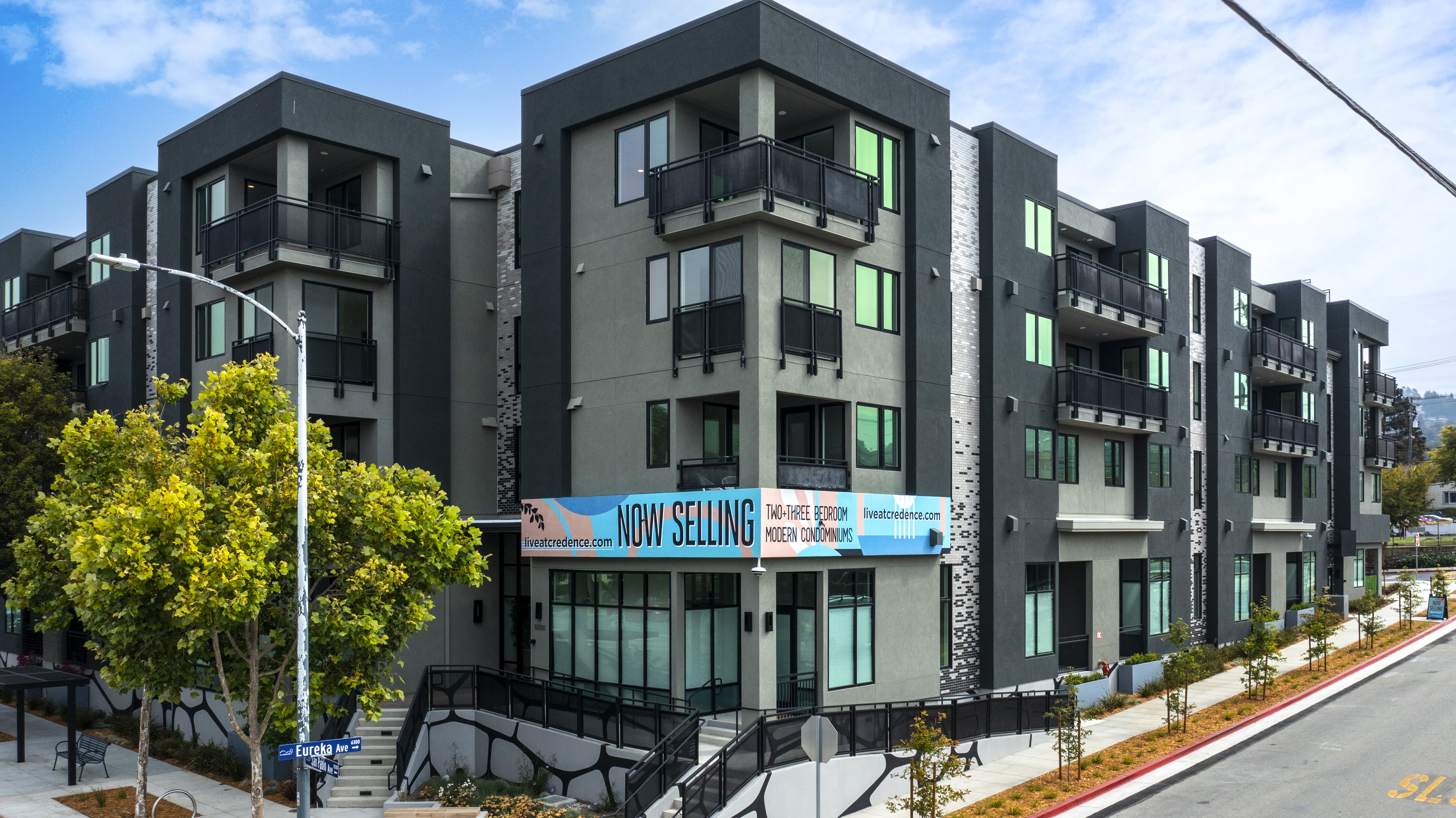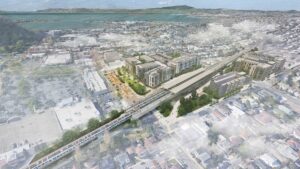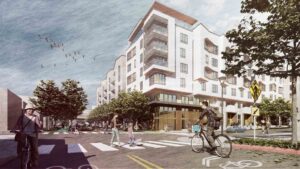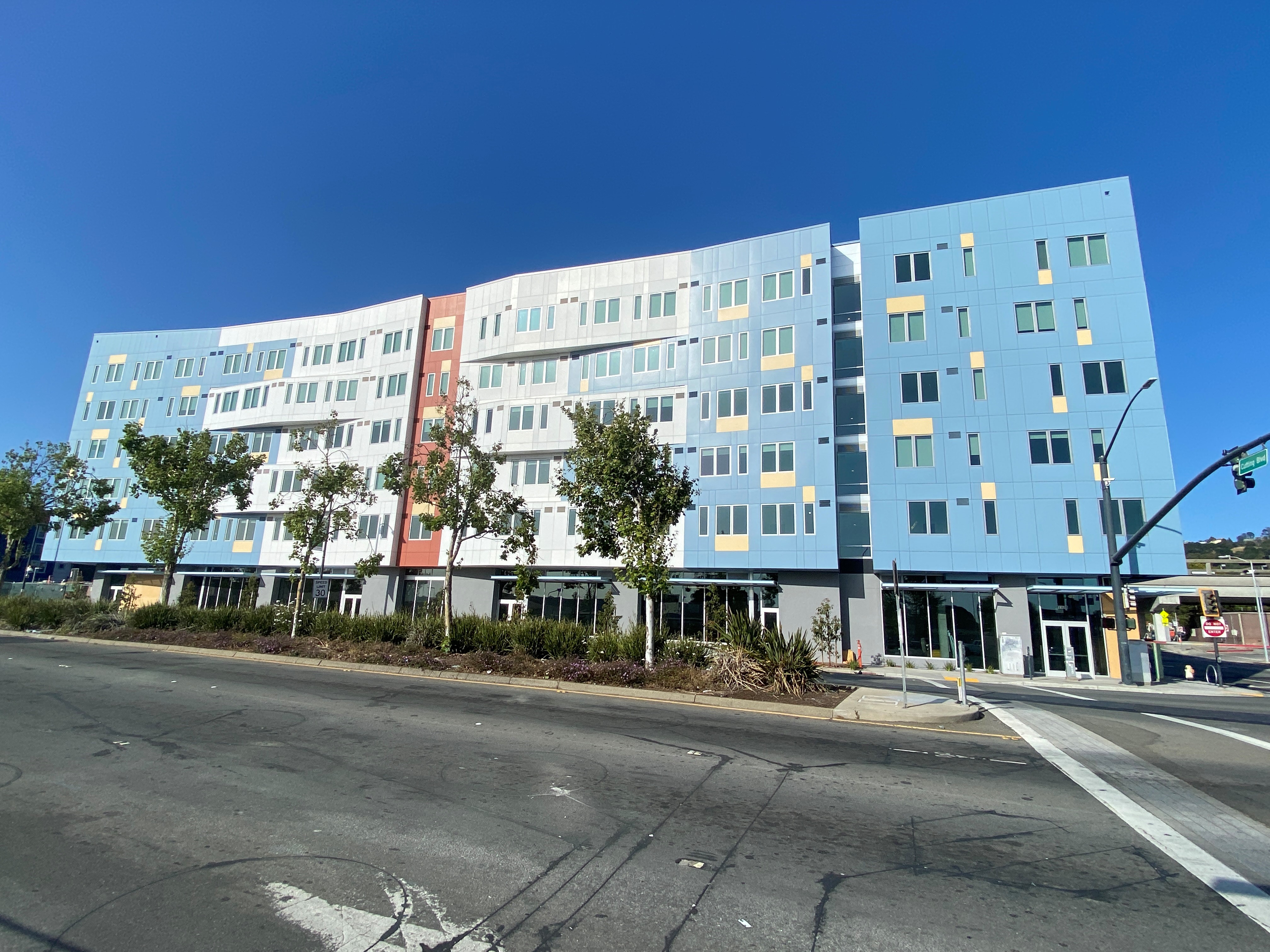Posted on: December 18, 2023
Source: League of California Cities
El Cerrito has been a bastion of housing development for decades. The mayor of this bedroom community of 25,000 still remembers when she first encountered the city’s then-unusual stance on housing. Lisa Motoyama approached the city council in 2005 about a possible housing project while working for a nonprofit developer.
“I went to city council to present, assuming it would be a tough sell,” she said. “I immediately got yelled at by a city council member who said, ‘Don’t walk in here thinking that we don’t care about affordable housing! We do affordable housing. We do housing for people experiencing homelessness. We do all kinds of housing here.’
“You could have knocked me over with a feather. I learned then, that’s how we roll in El Cerrito.”

Capitalizing on favorable geography
El Cerrito residents have historically supported new housing in part because of the city’s geography. Most single-family housing lies east of San Pablo Avenue, the city’s main commercial corridor. Recent multifamily housing developments have been along San Pablo, thus reducing the potential impact on single-family communities.
As a result, the San Francisco Bay Area city is on track to meet its housing targets. In February 2023, it earned the state’s prohousing designation for its work facilitating a range of housing. El Cerrito received a $620,000 grant from the program, which it has funneled back into its affordable housing development efforts.
“Earning that designation wasn’t a big lift for us,” Motoyama said. “We didn’t have to change ordinances, as we already had them in place.”
The numbers are impressive. Over the 2015-2023 planning period, El Cerrito needed to permit 398 units under the state’s housing law. The city easily exceeded that. It approved 651 units, 81 of which were affordable.
El Cerrito had to be creative and proactive to achieve its ambitious housing agenda. With most developers setting their sights on nearby cities like Berkeley, El Cerrito had to find ways to make itself attractive to developers. In 2014, the city created the San Pablo Specific Plan, which will transform the car-oriented commercial corridor into a mixed-use community with safe pathways for pedestrians, bicyclists, and transit riders.

The plan called for 1,700 housing units and 200,000 square feet of commercial space. Since 2014, developers completed six projects that include 335 new affordable and market-rate housing units. From 2017-2020, the city approved 1,170 units. Due to the plan’s success, city leaders amended it in 2022 to add 2,500 residential units. This provides the city with the capacity to meet its state-mandated housing goal of 1,398 new units.
Ensuring that everyone has access to affordable housing is one of the city’s guiding principles. El Cerrito is a majority non-white, mixed-income city. Forty-one percent of the residents are renters.


“El Cerrito does not see affordable housing as this bad thing that needs to be put off in the corner somewhere,” said City Manager Karen Pinkos. “We really want to embrace the diversity of our community, including the diversity brought by all income levels.”
In 2017, the city council adopted an affordable housing strategy to proactively protect, produce and preserve affordable housing.
City leaders could not have adopted the plan without community buy-in. Early on, the city prioritized community engagement. The city carefully laid out the plan’s community benefits, which emphasized predictable results, livability, and aesthetics.
“We were concerned about what buildings would look like and how they would interact with the public realm,” said Sean Moss, the city’s planning manager. “We focused on creating vibrant public rights of way in front of buildings and minimizing shadows cast by new buildings so that one side of the street was always in the sun. We added new benches, bike racks, and streetlights. Basically, we spruced up the corridor to make it a more pleasant place for pedestrians and bicyclists.”
The community — already predisposed to mixed-income housing — appreciated the effort and the plan passed through the city council without resistance.
“At the end of the day, people realized this plan will bring us what we want,” Motoyama said. “We want a beautiful avenue. We want shops. We want services. We want more people living here. And, we want to have that in a development that proceeds in an orderly way.”

Leveraging state partnerships
It helps that El Cerrito is home to two Bay Area Rapid Transit (BART) stations, a rarity for a city that covers less than four square miles. The city is working closely with stakeholders to build a transit-oriented development at the El Cerrito Plaza BART station. The proposed project will include 743 housing units, with nearly half designated as below-market rate. In March, the city approved the project’s first phase, a 70-unit, completely affordable housing project.
This project alone will help the city reach 53% of its newest housing element goals.
El Cerrito is partnering with BART and the development team for the project, which includes several public amenities. The most significant opportunity is the potential for a new city-owned library — a decades-old goal. Locating the new El Cerrito library within the project would save approximately $10 million. The city council is currently considering how best to fund the $20 million project.
Developers also completed Phase I of another transit-oriented development at another BART station that delivered 156 market-rate units last year. Developers are scheduled to break ground on 69 affordable units next year. The project also includes public open space and new commercial spaces.
Thanks to these projects, along with others in the pipeline, El Cerrito is on track to meet its 2023-31 housing goals. The city needs to permit 1,391 new housing units. Thirty-eight percent of those must be affordable.
El Cerrito is proud of its status as a leader in reducing the statewide housing shortage. Mayor Motoyama hopes that its progress can demonstrate to the state that the carrot, not the stick, can prompt cities to find creative ways to increase their housing supply.
“It would be great if the focus was on rewarding cities like ours that have demonstrated that with little funding you can do a lot,” she said. “We deserve more carrots. We are proving that this is possible, and by doing so, the state will support you even more. El Cerrito is the poster child for showing that by trying extra hard with very little, it can pay off.”
Read the full article here.
Posted in: News